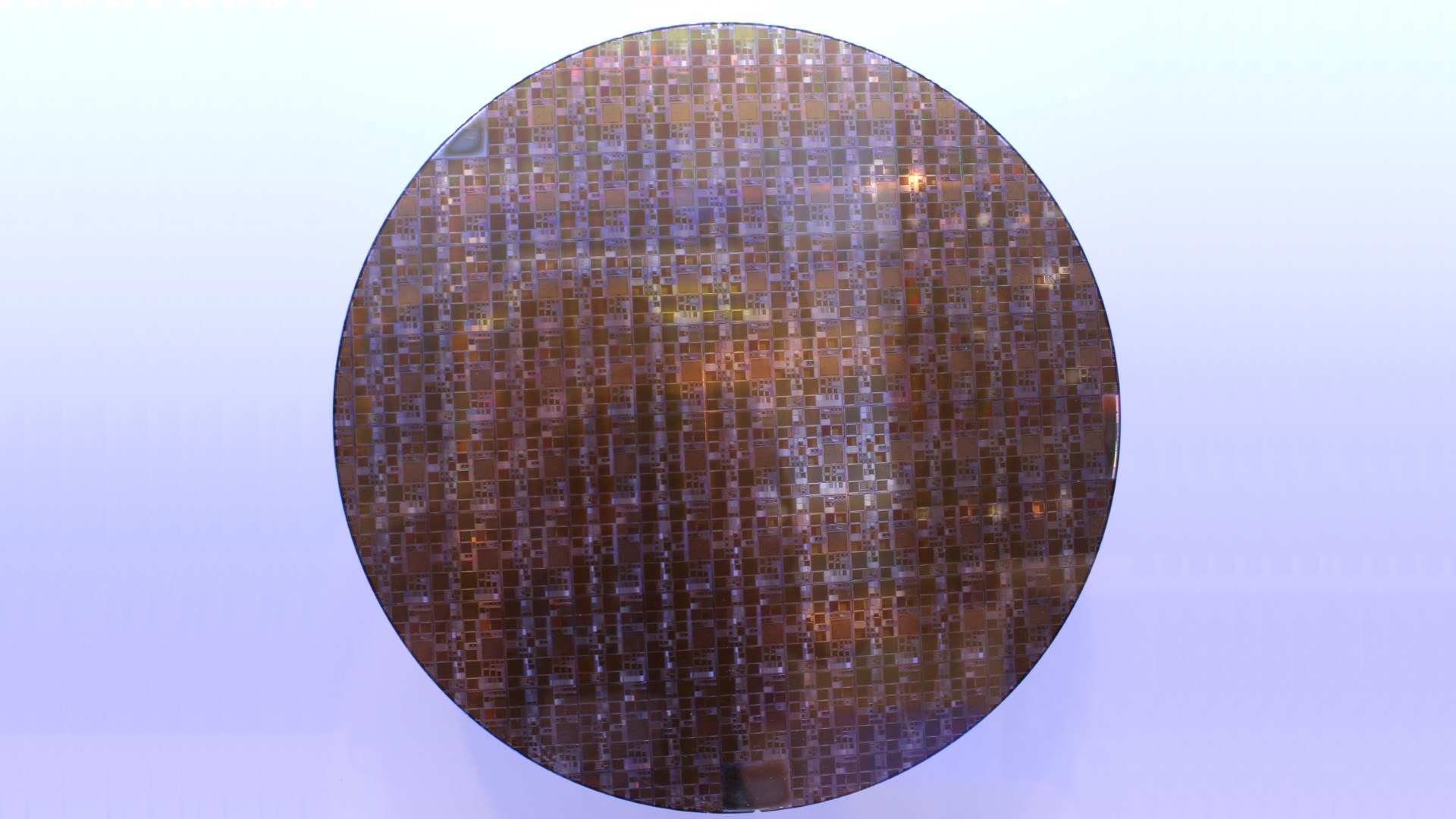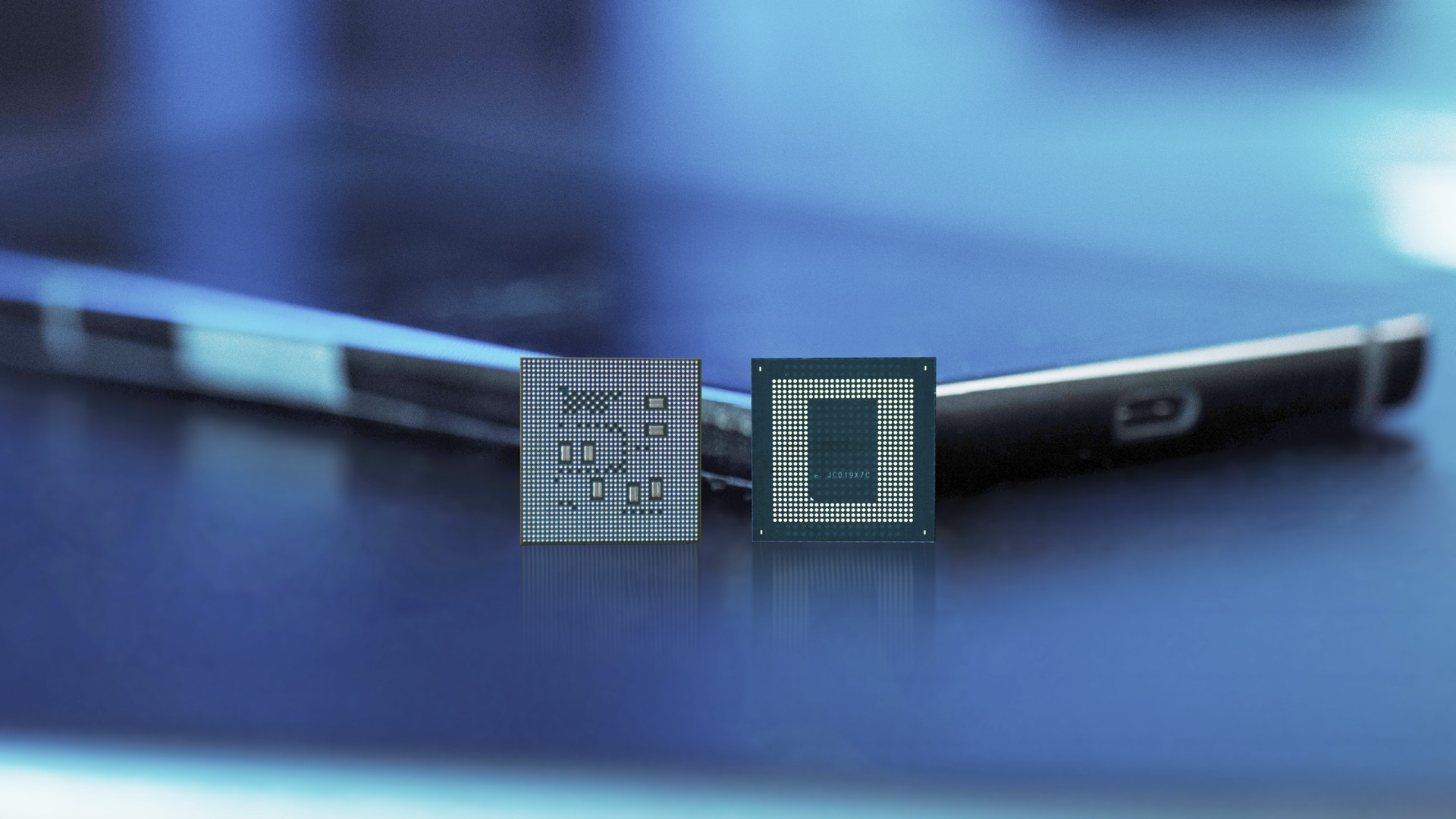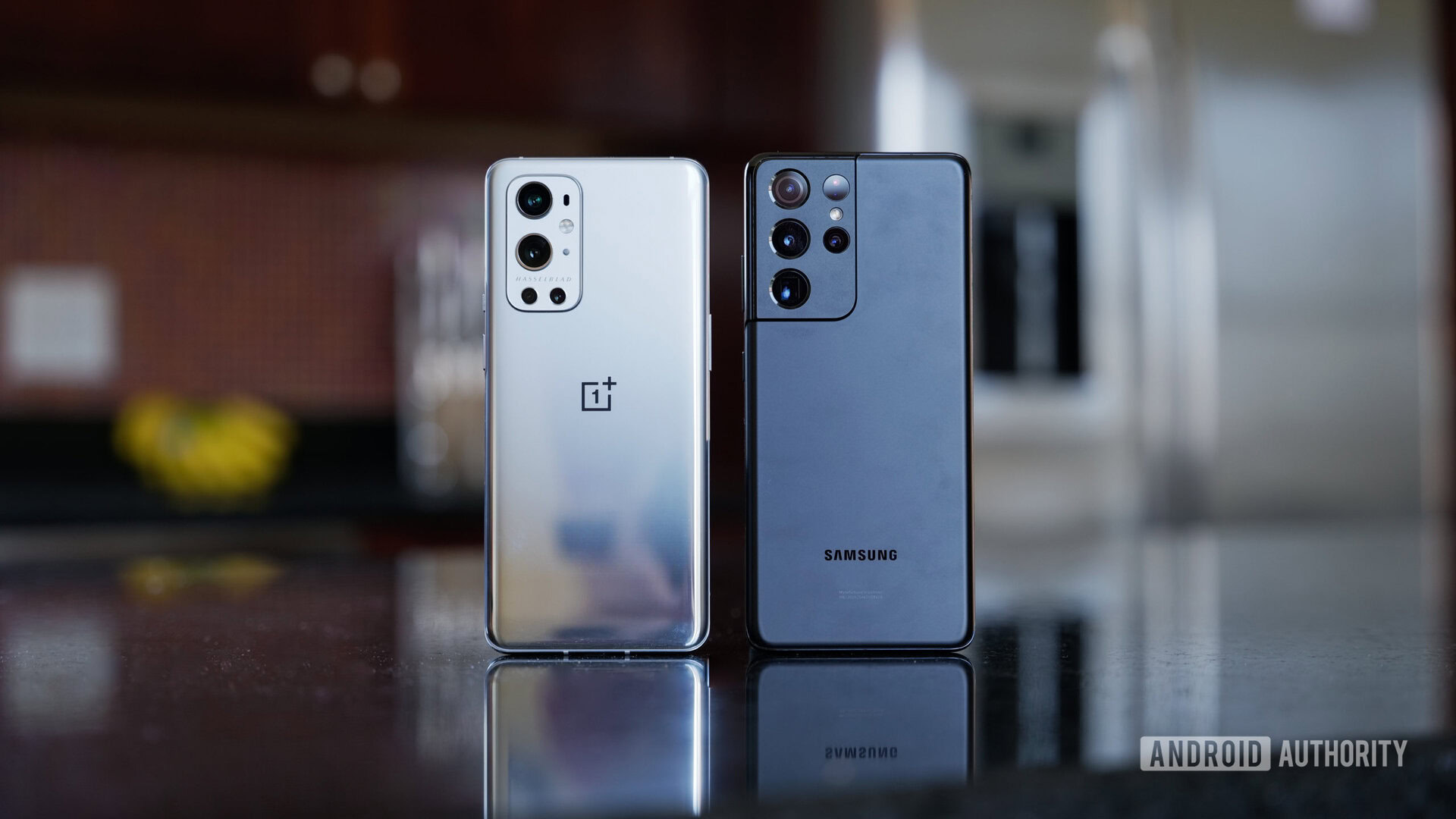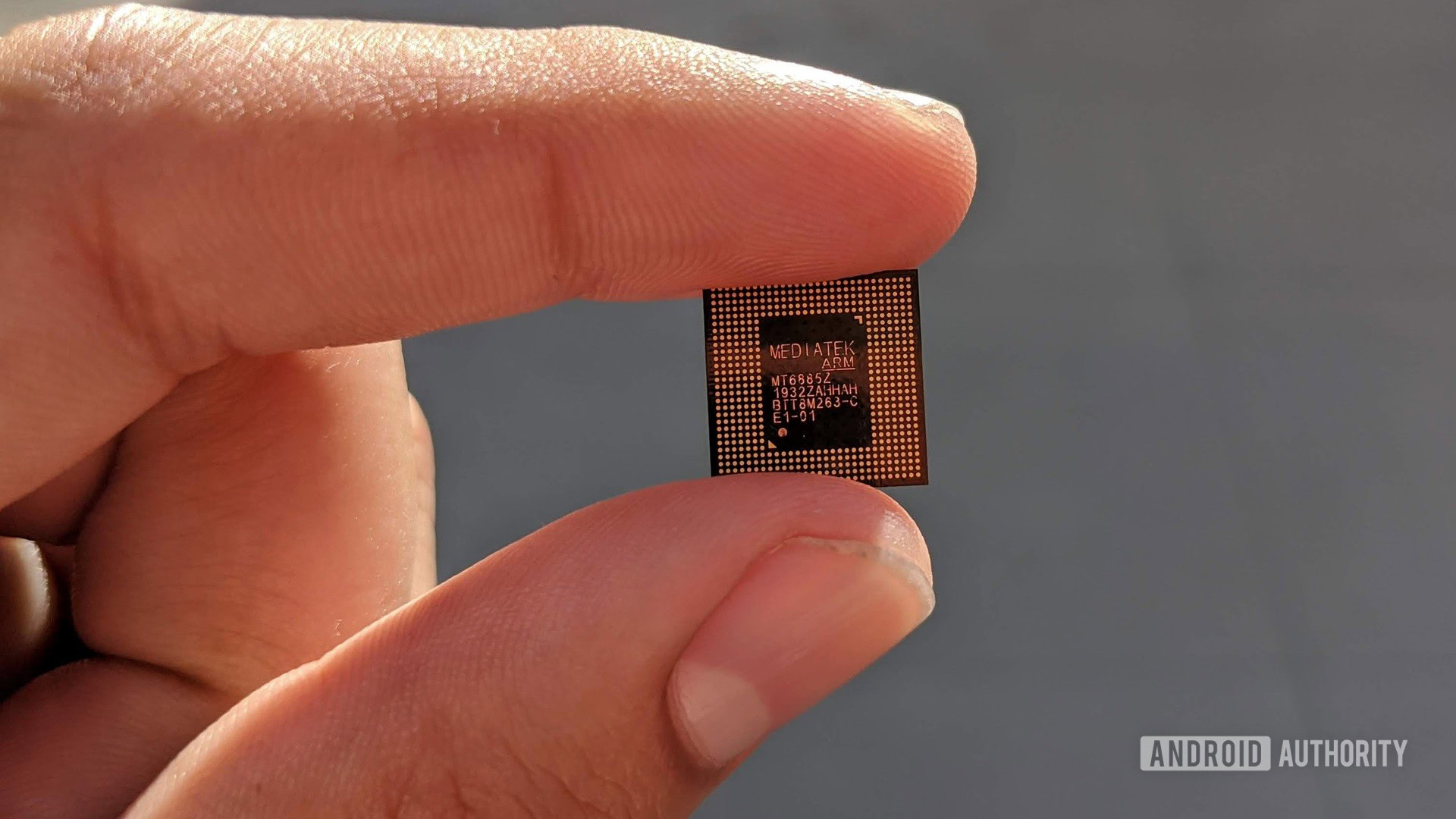Affiliate links on Android Authority may earn us a commission. Learn more.
The global computer chip shortage explained: What it means for you and your tech
Published onSeptember 8, 2022
If you’ve tried to buy the latest generation of AMD or NVIDIA graphics cards, AMD Ryzen processors, or game consoles like the PS5 or Xbox Series X/S in the past year or so, you might have noticed that there’s a bit of an ongoing stock crisis hitting some sectors of the consumer tech industry.
On top of the impact of the COVID-19 pandemic, the main culprit is a global chip shortage that’s severely limiting the availability of the latest technological products. The shortage of processing components also has knock-on effects for other markets, including automotive, cryptocurrency, and smartphones.
Smartphones seemed to dodge the crunch in late 2020 but were hit by shortages throughout 2021. In March 2021, Xiaomi president Wang Xiang implied that a chip shortage is driving up SoC prices and that this may result in more expensive smartphones. In the same month, Samsung CEO DJ Koh warned of “a serious imbalance in supply and demand of chips.”
Fortunately, we have rarely seen the same dreaded “out of stock” messages for smartphones that have plagued computer parts and gaming stores around the world. But the ongoing chip shortages continue to affect handset releases going forward.
The great global computer chip shortage: What you need to know

2021’s chip shortage resulted from a perfect storm of huge demand and limited supply. In the wake of the COVID-19 pandemic, the unprecedented desire for at-home entertainment saw stock issues for the latest games consoles and graphics cards last far beyond the usual launch window rush. The necessary shift to working from home has also seen laptop growth reach decade highs. At the same time, a boom in the value of cryptocurrencies reignited mining profitability, piling on demand for various high-end processing components.
The chip shortage is the result of a perfect storm of huge demand and limited supply.
While consumers noticed the chip shortage most acutely when it comes to gadgets, the origins of the current shortage can be traced back to the automotive industry. In the early stages of the pandemic, automakers drastically cut back demand for processors in anticipation of falling sales. This turned out to be premature. Sales rebounded quickly, and the automotive market rushed to buy back cutting-edge manufacturing capacity. Although most of this had already been given away to other processor sectors experiencing their own demand. The end result is two huge markets both in need of more chips, but with production capacity already maxed out.
A number of smaller factors have also contributed to the supply and demand ends of the shortage. February 2021’s power outages from cold weather brought Samsung’s Semiconductor manufacturing operations in Austin Texas to a halt until mid-March. Taiwan also experienced a severe drought that threatened the country’s major semiconductor manufacturing operations. The US-China trade war has also seen Chinese companies, such as HUAWEI, stockpile chipsets and other components throughout 2020 and 2021.

There are only so many chips to go round
It’s important to note that Microsoft, Sony, NVIDIA, AMD, Apple, Qualcomm, and others don’t manufacture their own processors. Samsung and TSMC manufacture the bulk of the world’s cutting-edge semiconductors. Although output from other manufacturing operations worldwide, such as NXP and Texas Instruments, is also important and in equally short supply. This is particularly true when it comes to automotive components.
The bulk of industry demand for all sorts of chipsets falls on a handful of foundries.
Chipsets for high-end computing markets are mostly vying for 10nm and 7nm production from Samsung and TSMC. Smartphone chipsets use these manufacturing fabs too. Flagship-tier mobile chips compete with automotive orders on 5nm and 4nm manufacturing lines from TSMC and Samsung.
Why not add more capacity?
Intel is an outlier. It manufactures its own processors and hasn’t experienced a shortage like competing foundries. The company aims to capitalize on the current shortage by expanding its operations in Arizona and opening up its foundries to take orders from third parties once more. Including processors built on rival Arm and RISC-V architectures.
Also read: What’s the best add-in GPU for you, AMD or NVIDIA?
So, why not increase production to meet demand?
Unfortunately, the situation is not that simple. Fabs are complex capital and time-intensive operations that require expensive expertise and intellectual property to construct. Extending existing production lines can take months, building new ones from the ground up can take years and cost tens of billions of dollars. As such, the Biden administration’s review into US manufacturing can’t hope to help alleviate the shortage in the short or medium term.
What does the computer chip shortage mean for products?

We’ve already seen the chip shortage materialize in delays, shortages, and price increases for products across various industries.
Automakers felt the brunt first, with insufficient chip supplies to finish building vehicles. Major brands, including GM, Ford, and Tesla are all affected and have had less stock available for purchase in 2021. Analysts estimate the loss to the automotive market is around $60 billion in 2021.
In the gaming markets, the latest PlayStation and Xbox consoles have been consistently in and out of stock as supply trickles its way into the market. The situation in the PC sphere is even worse, with the latest graphics cards and AMD CPUs still virtually unobtainable. There are small signs of this improving as we entered 2022 but stock remains hard to come by at most retailers. Reputable retailers are still listing PC products well above the Manufacturer’s Suggested Retail Price (MSRP), due to a combination of higher component costs, shortages, and the end to tariff exceptions in the US.
Products are selling well above MSRP due to a combination of component costs, scalping, and the end to tariff exceptions in the US.
Compounding the woes is the scalping scourge. Games consoles and graphics cards have been the worst hit by the use of bots to snatch up limited stock which is resold with a major markup. Sony’s PlayStation 5 continues to sell on eBay for nearly double its MSRP, and graphics cards like NVIDIA’s RTX 3070 can be found for three times the list price or more. Even older GPUs are still valued at close to all-time highs.
Renewed profitability in cryptocurrencies has been a major contributor to the demand for graphics cards and subsequent scalping. This has seen NVIDIA announce dedicated mining GPUs and slashing Ethereum mining performance on its latest graphics cards. However, the growing cost and limited availability of hardware are pushing smaller miners out of the market, consolidating the rewards in larger-scale operations such as those in China. The chip shortage even has repercussions for the “democracy” of cryptocurrency mining. However, the move to proof-of-stake workloads should help to alleviate this problem in the future.
What about smartphones?

It’s been tougher to gauge the chip shortage’s impact on the handset market than with the automotive and gaming industries. We haven’t seen the same outright product shortages and price surges. However, there are been signs that similar shortages have affected stock availability and launch schedules.
Bleeding-edge mobile SoCs compete for space on the same manufacturing lines as automotive, games consoles, and graphics cards. Reports in 2021 pointed to a shortage of flagship Qualcomm Snapdragon 888 chipsets and essential audio, power, radio, and other components. Reports suggested that Samsung struggled with supplies needed for mid and low-end production. Other sources citing realme (translated), highlighted out-of-stock power and radio components for their smartphones.
Also read: 4nm chipset showdown — Snapdragon 8 Gen 1 vs Exynos 2200 vs Dimensity 9000
Qualcomm acknowledged chipset supply issues mid-way through 2021. During Qualcomm’s Q2 earnings call, CEO-elect Cristiano Amon noted that “we have seen, probably a shortage across the entire industry. It’s been broad across the industry, not unique to handsets.” Amon predicted that the supply and demand imbalance should “normalize towards the later part of 2021 as capacity is put in place.” Although this shortage didn’t result in major product cancellations, some manufacturers delayed or postponed launches in some regions to ease their supply issues.
As a result, global smartphone shipments fell by 6% in Q3 2021, according to Canalys. However, shipments rebounded slightly to grow by 1% by the end of the year. Similarly, Apple cut back its iPhone shipment goals for Q4 2021. CEO Tim Cook also revealed to CNBC that the company faced an estimated loss of $6 billion due to supply chain constraints. By contrast, Xiaomi improved its profitability year on year, even though it saw a considerable slow down in its profit growth rate. Clearly, the chip shortage has affected the mobile market too, but not quite to the same extent as in other industries.
Chip shortages in 2022 — what to expect

Despite the bad start, some of these brands are more bullish on the outlook as the year progresses. During Xiaomi’s Q4 2021 earnings call, company president Wang Xiang noted that “the chip supply crunch is still challenging, but the situation will significantly improve in the second quarter, and such supply woes will be fundamentally solved and even revert in the second half of 2022”. This sentiment was echoed by realme vice-president Xu Qi, who revealed that the shortage of mobile phone chips had already eased in the first months of 2022 and that some chipset prices had fallen too.
Chip shortages will ease in 2022, at least for smartphones.
The outlook is more promising than it was this time last year. However, several major 2022 smartphone launches have already taken place, so we may see supply constraints for some of these phones as the weeks and months roll on. As such, Xiaomi’s indication of a possible abundance of smartphone chips towards the end of the year, while possible, seems unlikely. Demand for smartphones appears to be as high as ever, and any slack in supply will almost certainly be gobbled up by manufacturers eager to recapture gains lost in the previous two years.
Overall, the smartphone industry continues to weather the chip shortage storm better than virtually every other tech-based industry. This is because the sheer volume of high-margin chipsets consumed by the smartphone industry has seen mobile chips take manufacturing precedent compared to other market segments. Although there remains a chipset shortage in 2022, the worst will (hopefully) quickly be behind us. At least as far as smartphones are concerned.